Research Stories
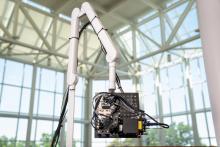 |
Four Lincoln Laboratory technologies win five 2023 R&D 100 awards |
Inventions in medical imaging, aircrew scheduling, data security, and quantum networking are named among the year’s most innovative new products. |
 |
A pose-mapping technique could remotely evaluate patients with cerebral palsy |
The machine-learning method works on most mobile devices and could be expanded to assess other motor disorders outside of the doctor’s office. |
 |
AI model speeds up high-resolution computer vision |
The system could improve image quality in video streaming or help autonomous vehicles identify road hazards in real-time. |
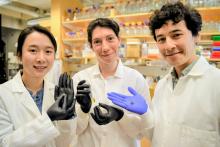 |
Smart pill can track key biological markers in real-time |
Coupling engineered bacteria with low-power electronics could be highly effective in diagnosis, treatment of bowel diseases. |
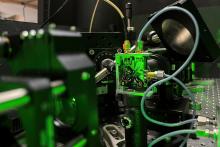 |
Canceling noise to improve quantum devices |
MIT researchers develop a protocol to extend the life of quantum coherence. |
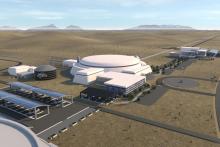 |
3 Questions: A bigger, better space-ripple detector |
The MIT-led Cosmic Explorer project aims to detect gravitational waves from the earliest universe. |
 |
Autonomous innovations in an uncertain world |
Jonathan How and his team at the Aerospace Controls Laboratory develop planning algorithms that allow autonomous vehicles to navigate dynamic environments without colliding. |
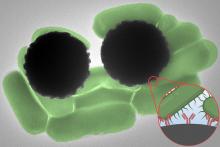 |
Tiny magnetic beads produce an optical signal that could be used to quickly detect pathogens |
The findings point to faster way to detect bacteria in food, water, and clinical samples. |
 |
Laser-based system achieves noncontact medical ultrasound imaging |
Noncontact Laser Ultrasound offers capabilities comparable to those of MRI and CT but at vastly lower cost, in an automated and portable platform. |
 |
Invisible tagging system enhances 3D object tracking |
Developed by MIT researchers, BrightMarkers are invisible fluorescent tags embedded in physical objects to enhance motion tracking, virtual reality, and object detection. |
- ‹ previous
- 9 of 64
- next ›

